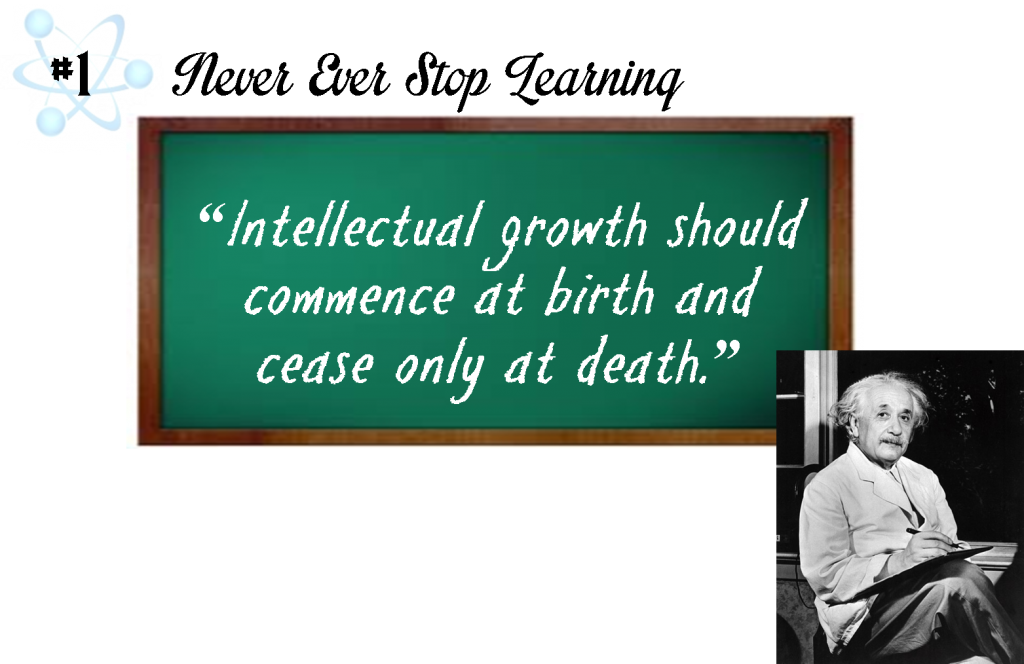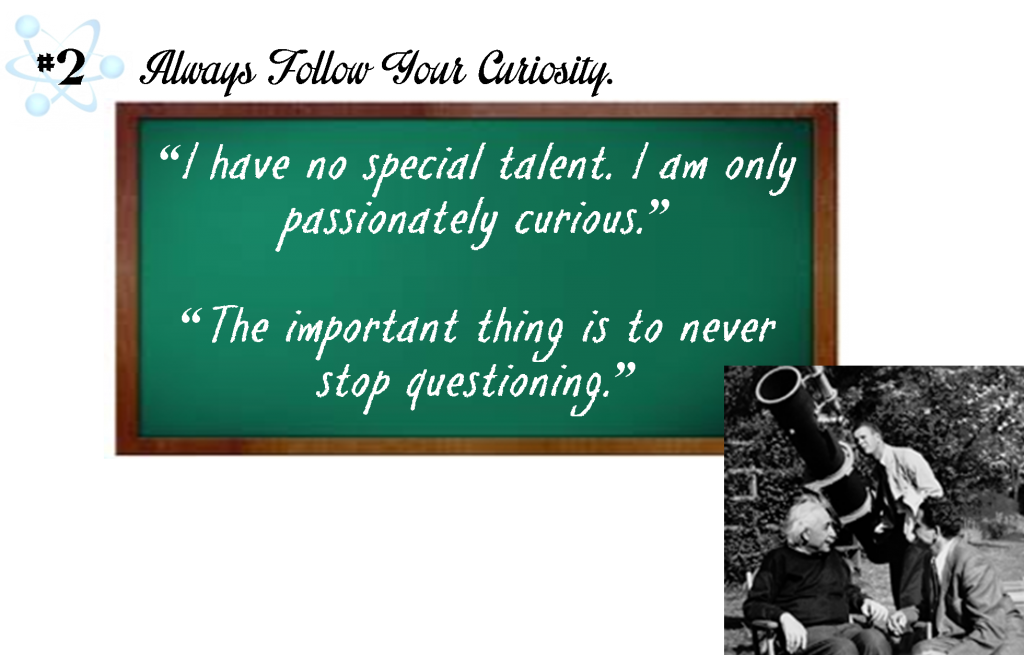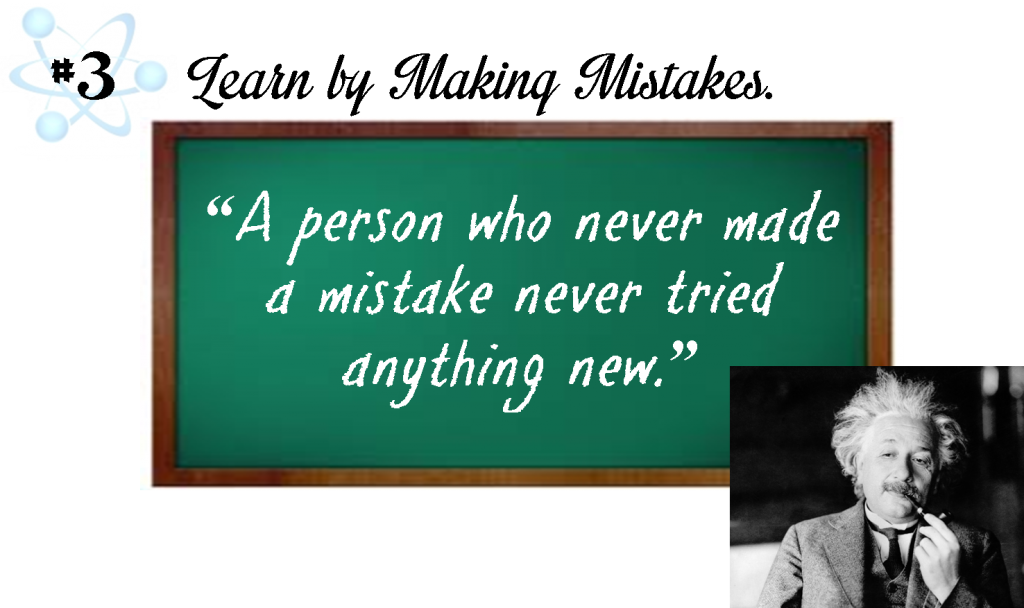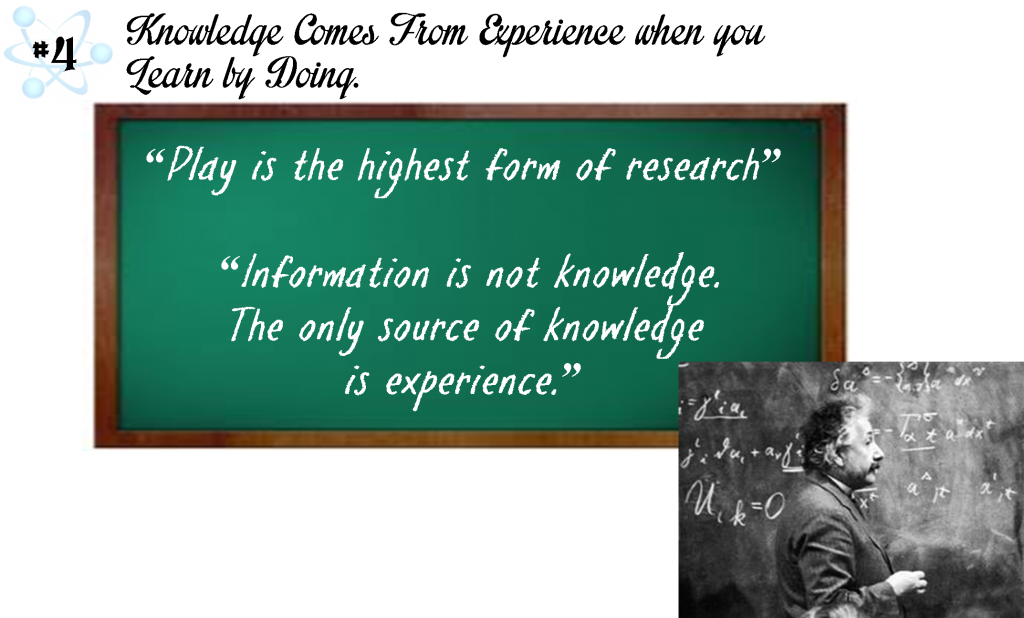
An Interview with Our Founder and CEO: Dinosaur Dan Shaw
We spoke with Dan Shaw to get the scoop on High Touch High Tech’s 25th anniversary. Dan Shaw lead the industry in STEM education enrichment programming. Dan Shaw has been CEO at High Touch High Tech since the company’s foundation in 1992 and has now been developing franchise locations for 25 marvelous years.
Q: Describe what High Touch High Tech does.
A: High Touch High Tech pulls the science out of books and puts it into the kids’ hands. High Touch High Tech also does exactly what our name implies; High Touch, grabbing the materials and putting it in their hands, and then High Tech preparing students for our high tech world. High Touch High Tech is also a science experience that comes to you, so teachers, parents, after-school directors, special events. They know that when they hear High Touch High Tech we’re coming to their location to provide a science experience for students.
Q: What lead you to create High Touch High Tech?
A: High Touch High Tech was created because my daughter came home from school one day and asked me if I had any good ideas for a schoolwide carnival that they were having, and what their classroom should do for that carnival. I suggested that we create a hands-on science booth! Where the kids could walk up and do a make and take experiment. Now this was in 1992, and it was pretty groundbreaking! We went there, the teachers absolutely loved it, [and] the kids adored the programs that we provided for them. They were able to understand it, they communicated with me well. I created a naming convention, I called myself Dinosaur Dan, figuring that would be a much more approachable term for them. We did some pretty interesting, sophisticated experiments at that booth. The teachers came up to me and told me that they need me to come back to that school, and they will figure out how to pay me, but what they saw me do they had not seen before. And that was [what I had done] pulling the science out of the textbook and putting it into the children’s hands. That was how HIGH TOUCH HIGH TECH was born.
Q: Do you feel that High Touch High Tech’s slogan, “Science Experiences that Come to You,” well represents your company?
A: Absolutely. It really speaks to exactly what we do. We bring a hands-on, totally participatory science experience to wherever the location can be. Often times a teacher will ask us “we want to host your program, but our classroom is not big enough because another teacher wants to join us,” or “we need to do it in another room.” So, we tell them that any multipurpose room, a pavilion outside the school, the cafeteria because we truly believe that real learning can take place wherever learners gather and can engage in exciting ways to learn. And that is exactly what we do at High Touch High Tech. Because of how important that phrase is, not only in our marketing, but we trademarked it [the phrase “Science Experiences That Come to You”] so that it can officially represent our brand, at all of our locations all over the world.
Q: The masses know you as Dinosaur Dan, where did Dinosaur Dan come from?
A: Well Dinosaur Dan is a very approachable, rather than being “oh Mr. Shaw I’ve got a question,” it’s “hey, Dinosaur Dan I don’t understand this, help me out.” It reduces any barrier that a child may have to asking a question, so that it’s easy to approach Dinosaur Dan. We’ve adopted this naming protocol for all of our scientists all over the world. You take the first letter of your first name, and you match it to a science concept. We have a Chemistry Carol, we have an Alkaline Alyssa, we have a Terri-dactyl, we have a Tommy Tsunami. So, it’s very, very important that you have a name that it totally approachable for kids.
Q: Why is the work that High Touch High Tech doing so important?
A: The work that High Touch High Tech does is so important because it stimulates kids’ imaginations and curiosity in science. Even more than that, I feel it addresses an achievement gap that is so prevalent in our schools, and it puts the opportunity for every child to get the science into their hands and to explore and discover at their own pace and learn the science on an equal scale that every student does.
Q: High Touch High Tech is all about hands-on education. How do you learn yourself?
A: Totally the same way. I am a total visual learner. And so, in the early years of developing programming, our initial programs, they were tactile. Everything had to be in your hands, visual images were forefront. That how I learn, and that’s how we’ve prepared a generation of children to start learning.
Q: Why do you believe that STEM education is important?
A: Stem education is among the most important because it is, as we know [the abbreviation of STEM], Science Technology Engineering and Mathematics. And those are the key fundamentals that kids really need to learn at a young age and continue to build [upon] a foundation in those subjects. STEM education itself builds self-esteem; it builds confidence. Once kids can understand that confidence and what they themselves are able to do, it puts them on a course for success.
Q: How has the market for STEM enrichment programming changed in the 25 years that High Touch High Tech has been in operation?
A: STEM is now a very, very popular term. But we like to say that High Touch High Tech was STEM before STEM was a thing. The market has changed as trends in education have changed from every 5 or 6 years or so. It’s important that we see change. From Science Across the Curriculum in the 90’s, to No Child Left Behind in the early 2000’s. It’s so important to stay on top of these trends, but with all these trends, and the terminology may change, the pure and applied, and fundamental science never changes. And that is how we’ve been able to stay current, stay flexible. Whatever the curriculum directions go we provide that reinforcing, fun science for students.
Q: What does 25 years of High Touch High Tech mean to you?
A: 25 year of High Touch High Tech is 25 years of excitement. 25 years of slime. 25 years of volcano eruptions. 25 years of joy on kids’ faces, of that eureka moment where they actually discover something, not only about their experiment but what they themselves are actually able to achieve. 25 years of panning for gems. 25 years of making earthquakes. 25 years of learning about space. 25 years of going to schools and introducing those new administrators to what High Touch High Tech does. 25 years of doing local fairs and festivals and engaging in the community. 25 years of fabulous.
Q: Why did you become an entrepreneur?
A: I’m sort of an unlikely entrepreneur. I was a scientist; I went to a carnival at my daughter’s school. That is where I first encountered working with children and showing them really cool, fun science experiences. I started talking to teachers there, that’s when that teacher came up to me and told me that “this was incredible, we need have you to come back to our school, we’ll figure out how to get you paid, but we need you to come back. You were able to pull the science out of out of the book and put it into the student’s hands.” That’s kind of the beginning.
Q: Has being the founder of High Touch High Tech developed you as an individual?
A: In so many ways. My level of confidence soared. My level of satisfaction [in life] soared as well. What we’re doing at High Touch High Tech is incredible. We’re really changing lives. There’s no complaint department at High Touch High Tech. Because teachers appreciate it, student love it, appreciate it, and can’t get enough of it. So, it’s very much a win-win relationship between teachers and High Touch High Tech, and between students and High Touch High Tech.
Q: Using one word, how would you describe yourself?
A: Passionate… about science.
Q: What was your background prior to founding High Touch High Tech?
A: I had a research position at the University of Miami. So, I was already doing science with a team. After I went to my daughter’s school carnival, I figured out that was an unlikely career path that was kind of chosen for me. If you go way back into a few chapters of my life, you’d find out that I was a huge science enthusiast. For my 4-year-old birthday party, my mother asked me what kind of cake I wanted. I told her a volcano cake! Science has been a huge part of my life! That meaningful day at that [school] carnival, working with those teachers, really opened my eyes to actual business opportunities beyond science with kids. So, after I did that and it was such a huge success, and [the teachers] they wanted me to return to the school, I want to a library and did my research. Of course, this was before the internet [year 1992], and you couldn’t do any of this research at home. The closest library I went to was actually a law library. I used one of those micro-phish that you could look a lot of stuff up on, while using that and gaining information about national science standards and curriculum’s. I looked up at the books on the shelf, and I saw books on franchise law. So, I took a little break from learning about the curriculum and I pulled out one of those books, and I realized that as I was developing the initial business, I was going to poise the business to become a franchisible. If it [a business] can work in Ft. Lauderdale, Florida, it could work anywhere else in the world. After two years of proof of concept, we started franchising.
Q: Why did you choose to establish High Touch High Tech as a franchise?
A: The best way to make sure that every child everywhere could experience and benefit from our programming was going to be through individual owned and operated locations. So, franchising was the perfect model for that.
Q: What is the benefit of having franchise locations?
A: That’s the magic here. All the franchisees bring a completely different set of tools, and experiences, and talents to the table. And we discover those during our 5 days of training here at our national office, and we are able to build on that throughout that week of training. Franchisees find out themselves what their strengths are, and what their weaknesses are that they may not have even realized. And we push that all together into talent, and we share with the new franchisees how to take their very specific talents and incorporate it into our business model, which is so flexible. That’s why they become very, very successful themselves.
Q: You even have some international franchise locations, really allowing High Touch High Tech to impact students you wouldn’t have reached otherwise. Would you say you’re proud of that?
A: Oh absolutely, very proud of that. Here in the US, we are a melting pot of so many different cultures. Different cultures have different values, but even when you go and open locations in other countries those cultures there still value will value science, education, and educating their children. It makes for a very easy segway to take our programs overseas.
Q: What are a few of your key accomplishments over the course of High Touch High Tech’s 25 years?
A: My single biggest accomplishment was when we sold our very first franchise, and that was in New Jersey, in Wyckoff Bergen County New Jersey. It meant to me that somebody, that I didn’t know from many states away from where I was, was able to learn about our concept and draw so much interest in it that they contacted me and they were interested in doing it[opening a franchise]. Another big, big accomplishment for me was that faithful day when we brought our High Touch High Tech onto Royal Caribbean Cruise ships. It was in 1998 when I approached Royal Caribbean and they were seeking out, [had] a desire educational, fun experiences for children that were in the youth programming on the ship. Our science programming was perfect for that because it’s super fun for kids, and it’s valued by parents. So, if the parents are sunbathing on the deck, if they’re off on an island, if they’re in the casino, if they’re at a show, they know that their children are not only having fun, but they’re being educated as well.
Q: Describe your partnership and relationship with Royal Caribbean Cruises.
A: Our partnership with Royal Caribbean Cruises is now in its 22nd year. It was one of the most significant achievements of my career. It was our opportunity to take our highly successfully programs that were deep in the classroom of elementary students nationwide and we were able to move forward with Royal Caribbean Cruises and introduce our brand of programming to the general consumer population. That has proven to be a very, very successful partnership with Royal Caribbean. Since our beginning with them in 1998 through today, the last 8 ships that they’ve come out with they have set up a science lab. Because on a cruise ship, every square inch is designed to be revenue generating. For a cruise line to dedicate space for our brand of hands on science, which is capturing the imagination and curiosity, fueling that imagination with children that are on vacation. And we developed family programs, so that families as a whole could participate in science programming has been extremely successful. I see our partnership with Royal Caribbean Cruises continuing to grow.
Q: Where do see High Touch High Tech in 5- or 10-years’ time?
A: I believe that we’re going to continue to grow. We’re on a beautiful growth trajectory, both domestically and internationally. I see our growth because I’m interested in [making sure] that every child, everywhere can experience our programming. Beyond the child [out] there are entrepreneurs that are looking to change their career or have a second shot at perhaps their dream of owning their own business. Our concept works perfectly for that individual, no matter what skill set they bring. We are able form and mold our franchise concept to meet their strengths and improve upon their weaknesses so that they can have the dream of owning their own business. [Even] Beyond that it’s not only owning your own business, but a business that is changing lives and that’s what we do at High Touch High Tech. So it see that as our definite growth trajectory as we always are very excited as new technologies emerge, and new trends in education emerge, we like to stay on the forefront of that so we can produce the materials to assist the teachers in those classrooms to make science meaningful and memorable to young students.
Q: Would you say you’re excited for the future of High Touch High Tech?
A: Oh absolutely, very excited.
Q: What does success look like to you?
A: Success to me is the satisfaction of seeing students inspired in science and striving to conquer new concepts. Building excitement in children. And also, success for me is seeing our franchisees develop their territories and grow their territories and have the satisfaction of making money from our business [model] and growing and being satisfied with that level of income and ambition. Some of our franchisees have raised their families through High Touch High Tech, [having] weddings for their children. So, it’s been a wonderful experience seeing our franchisees being successful, from a financial point of view, and of course being successful from our business model, which is putting the students’ experiments into their hands.
Q: What has been your secret to success?
A: The secret of my success has been drawing inspiration from our franchisees, because watching them in the field, doing what we taught them from our national office, and seeing their impact on the community, seeing their impact with students. Watching their territory base grow, reading all the testimonials from teachers from their location, is very deeply satisfying for me. And just shows the entire concept being the correct model so we can expand quickly and that our programming can touch the lives of just so many children everywhere. We’re able to be a cheerleader to our franchisees and supporting them, drawing inspiration from the great work that they do is a key success factor.
Q: Who is an influential person that you admire?
A: That person is Neil deGrasse Tyson for sure. He’s amazing, and he inspires everybody to reach for the stars, learn things you never knew you never knew. I just love the guy and think he’s amazing.
Q: What is the best advice you could give a new business owner?
A: Believe in yourself. Maintain high ethics, maintain high quality of whatever product or service that you’re providing. But believe in yourself, have confidence to deliver whatever it is or what you’re trying to do.













 These quotes are just a few of our favorites that show how Einstein reached people all throughout walks of life – Do you have a favorite lesson from Albert Einstein? We want to know which of them resonates with you in your life!
These quotes are just a few of our favorites that show how Einstein reached people all throughout walks of life – Do you have a favorite lesson from Albert Einstein? We want to know which of them resonates with you in your life!



